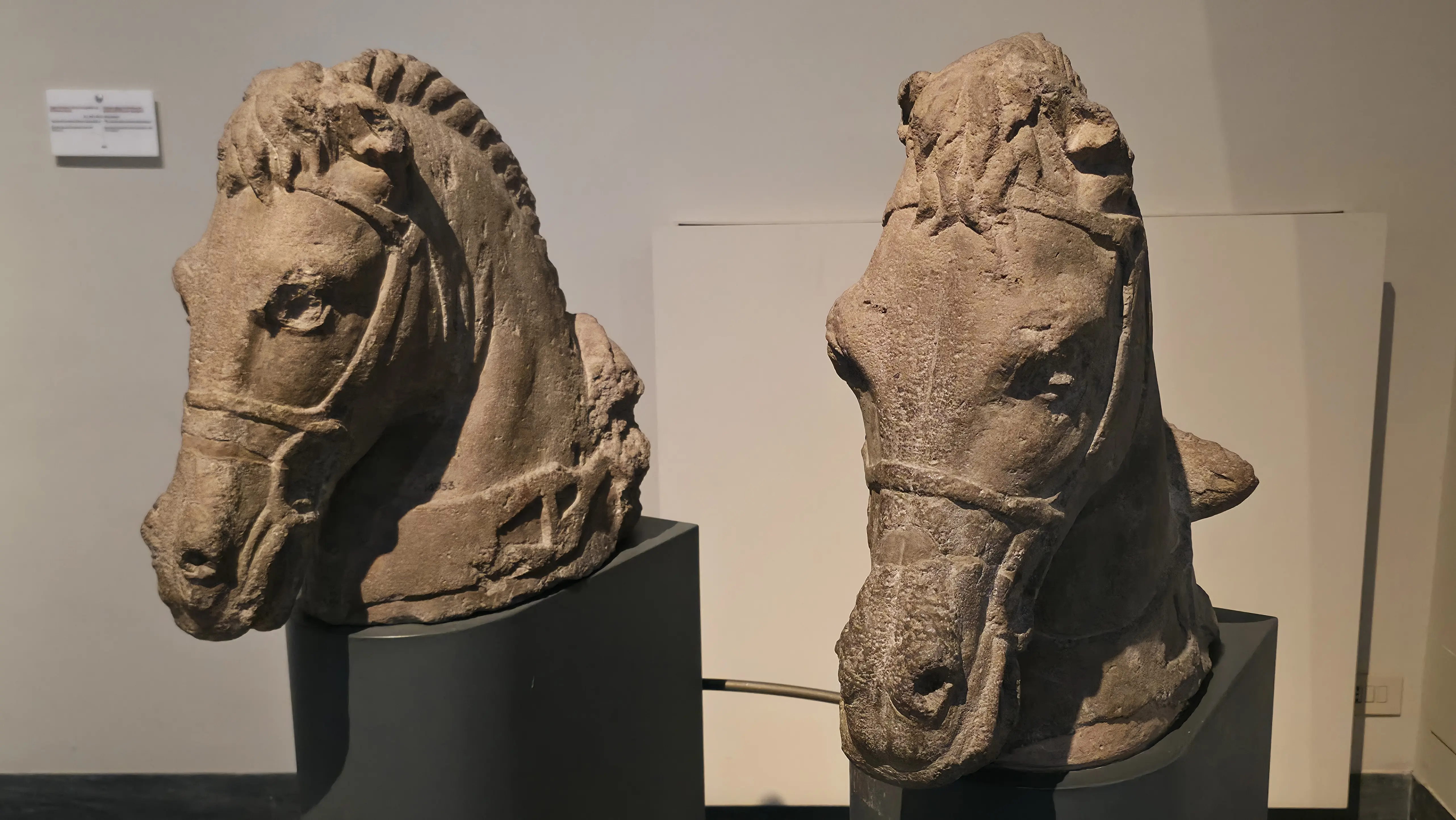Hello, my curious travelers! 🌍✨ Before marble columns and imperial eagles, before Julius Caesar and gladiator games… there were the Etruscans. Mysterious, artistic, and sophisticated, they shaped the very soul of Rome long before it rose to power. I recently had the chance to explore their legacy at the Vatican Museums, yes, right inside the Gregorian Etruscan Museum, and it completely transformed the way I see Roman history. If you’re heading to the Vatican (which I hope you are!), carve out time for this hidden gem. Let’s dive in.
🧭 Who Were the Etruscans?
The Etruscans were an ancient civilization that thrived in central Italy, with their heartland in the region we now call Tuscany, though their territory also extended into parts of modern Lazio, Umbria, and beyond (fun fact: the name “Tuscany” comes from “Etrusci”!). They flourished between the 8th and 3rd centuries BCE, long before the Roman Republic rose to power. They weren’t quite Greek, not quite Roman, but a fascinating in-between.
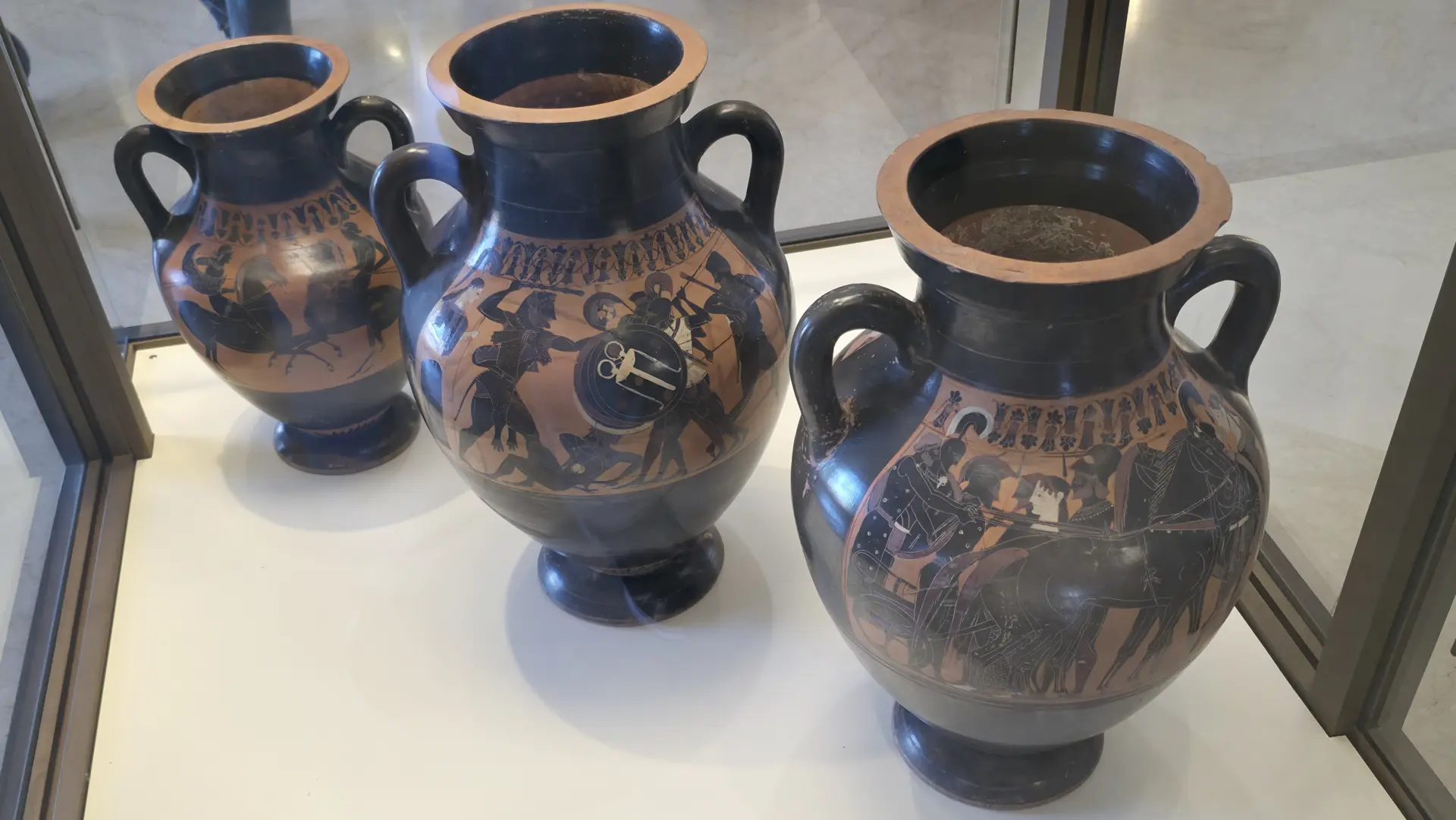
Known for their artistry, metalwork, and elaborate burial rituals, they lived in vibrant city-states and traded extensively across the Mediterranean. Their society was surprisingly advanced: women could own property, participate in banquets, and were depicted as equals in art, a rarity in ancient times! 👑
🏛️ The Vatican’s Hidden Treasure: Gregorian Etruscan Museum
While the Sistine Chapel and Raphael Rooms may steal the spotlight, the Museo Gregoriano Etrusco, established in 1837 by Pope Gregory XVI, is a treasure trove of art and archaeology. Wander through ten rooms filled with:
- Sarcophagi with expressive faces and flowing robes, a window into how they viewed death as a continuation of life
- Ceramics and bronzes featuring intricate patterns and mythological scenes
- The Mars of Todi, a life-sized bronze warrior that stops you in your tracks with its haunting realism
- Gold jewelry and mirrors, many inscribed in their elusive script, we still haven’t fully deciphered their language!
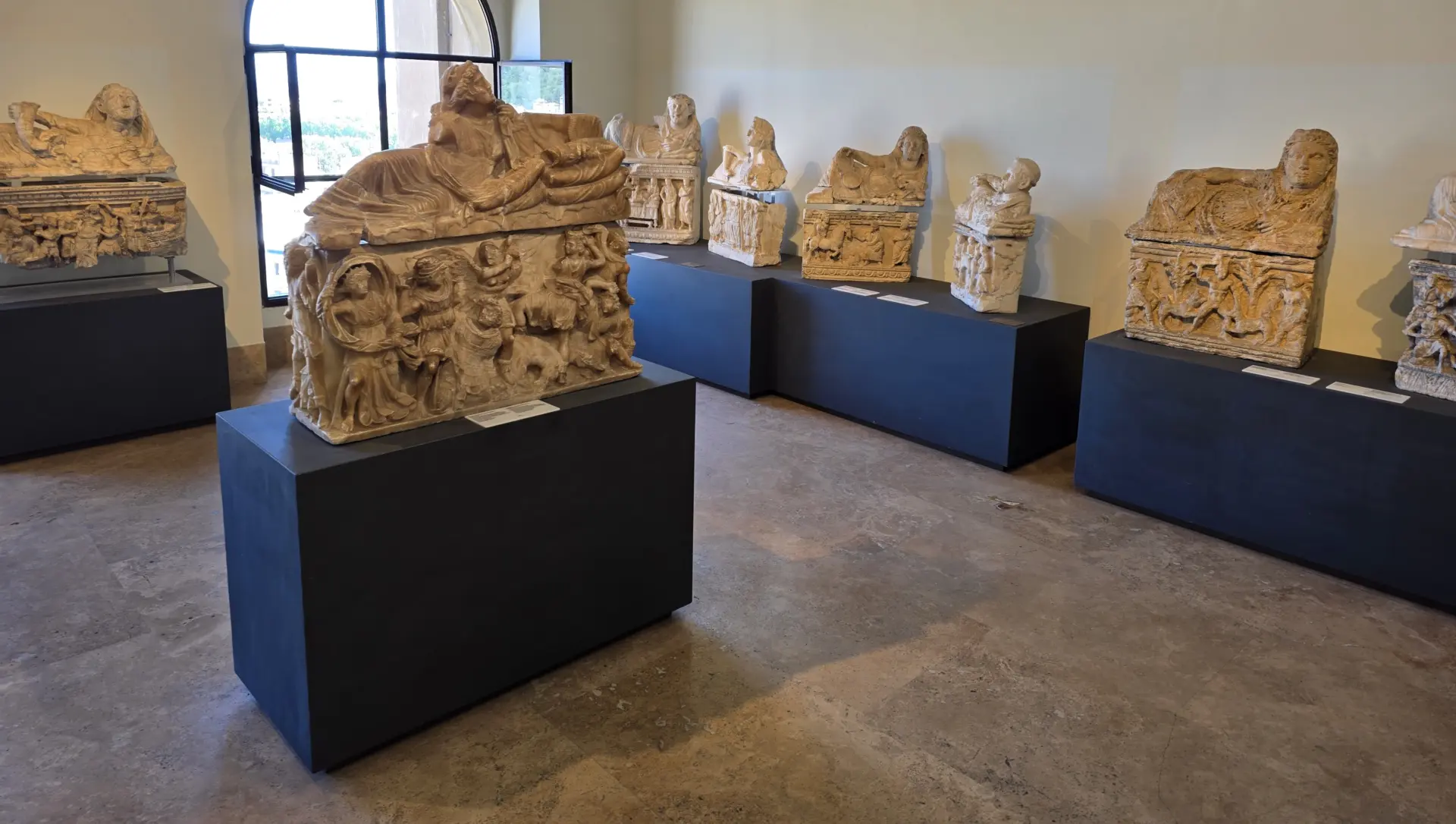
Every object feels personal, even intimate. You’re not just seeing artifacts… you’re meeting a people.
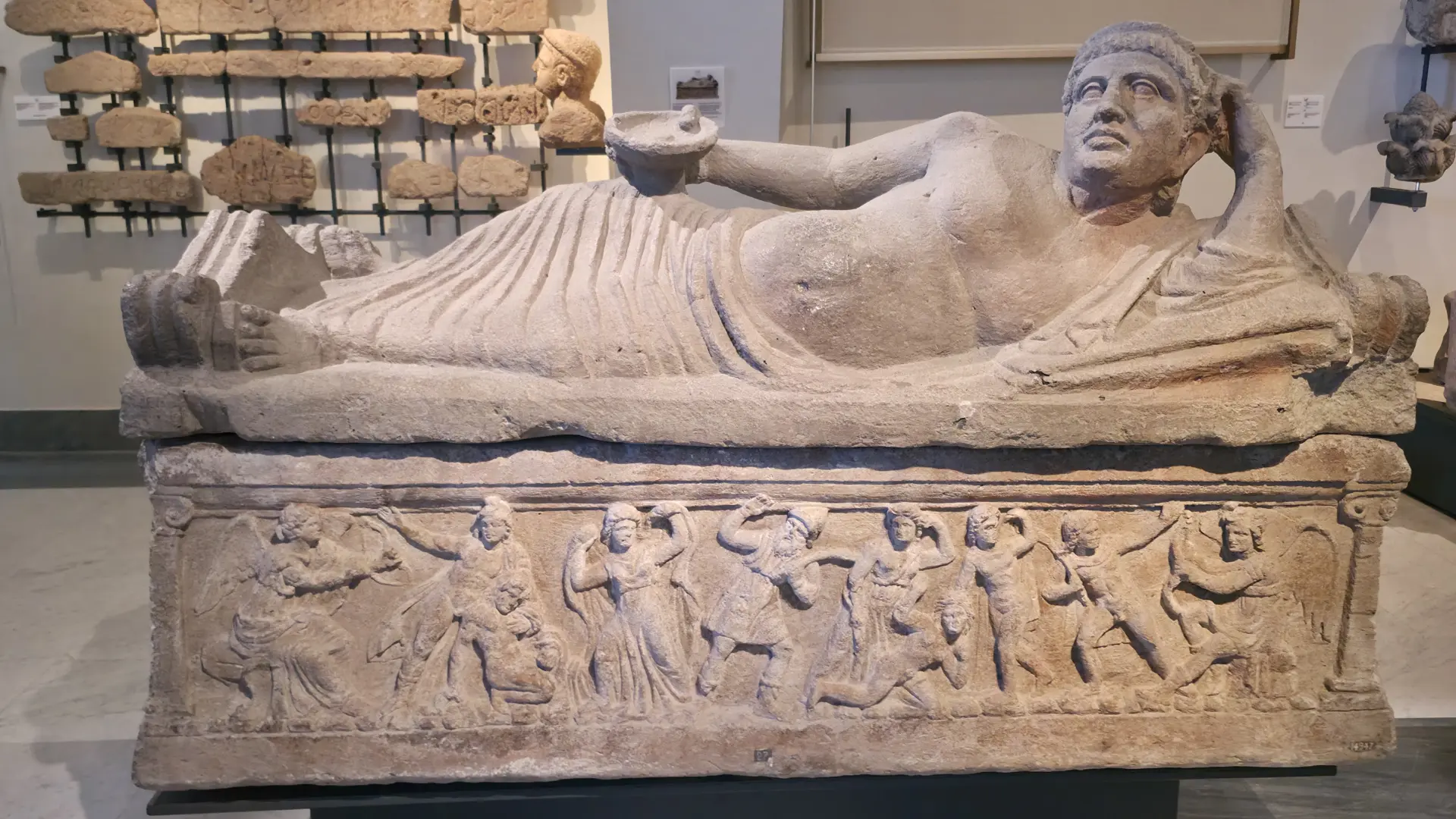
🧬 Their Influence on Rome
It’s not an exaggeration to say that without the Etruscans, there would be no Rome as we know it.
- 🏛️ The Cloaca Maxima (Rome’s ancient sewer system)? Etruscan engineering.
- ⚔️ The gladiatorial games? Thought to have evolved from Etruscan funeral rituals.
- 🧿 The Roman alphabet? Adapted from the Etruscan script, which was in turn adapted from Greek.
- 👑 And those early kings of Rome, like Tarquinius Priscus and Tarquinius Superbus, were Etruscan.
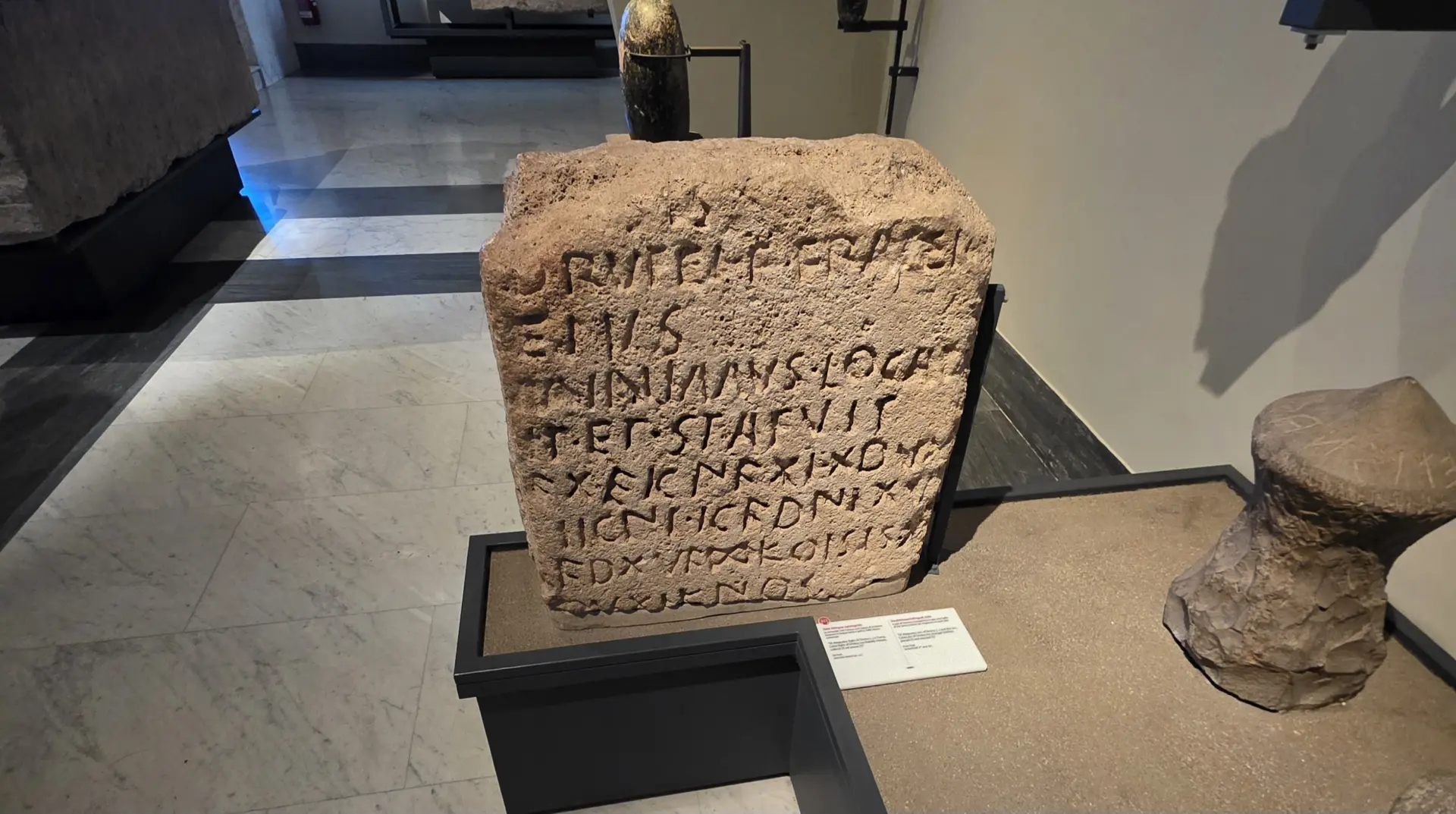
🔍 Tips Before You Go
- 📍 Location: The Gregorian Etruscan Museum is part of the Vatican Museums. Once inside, follow signs or ask a staff member, it’s a bit tucked away!
- 🕰️ Timing: Visit early or late in your Vatican route, when the crowds thin out.
- 📸 Photos: Yes, you can take pictures! Just no flash.
- 🖼️ Extras: Download the Vatican Museums app or use a QR-based audio guide for extra context, especially helpful since the Etruscan rooms are less explained than the main galleries.
- ☕ Break: The Vatican has several cafés. Take a pause after this visit to reflect, it’s a lot to absorb!
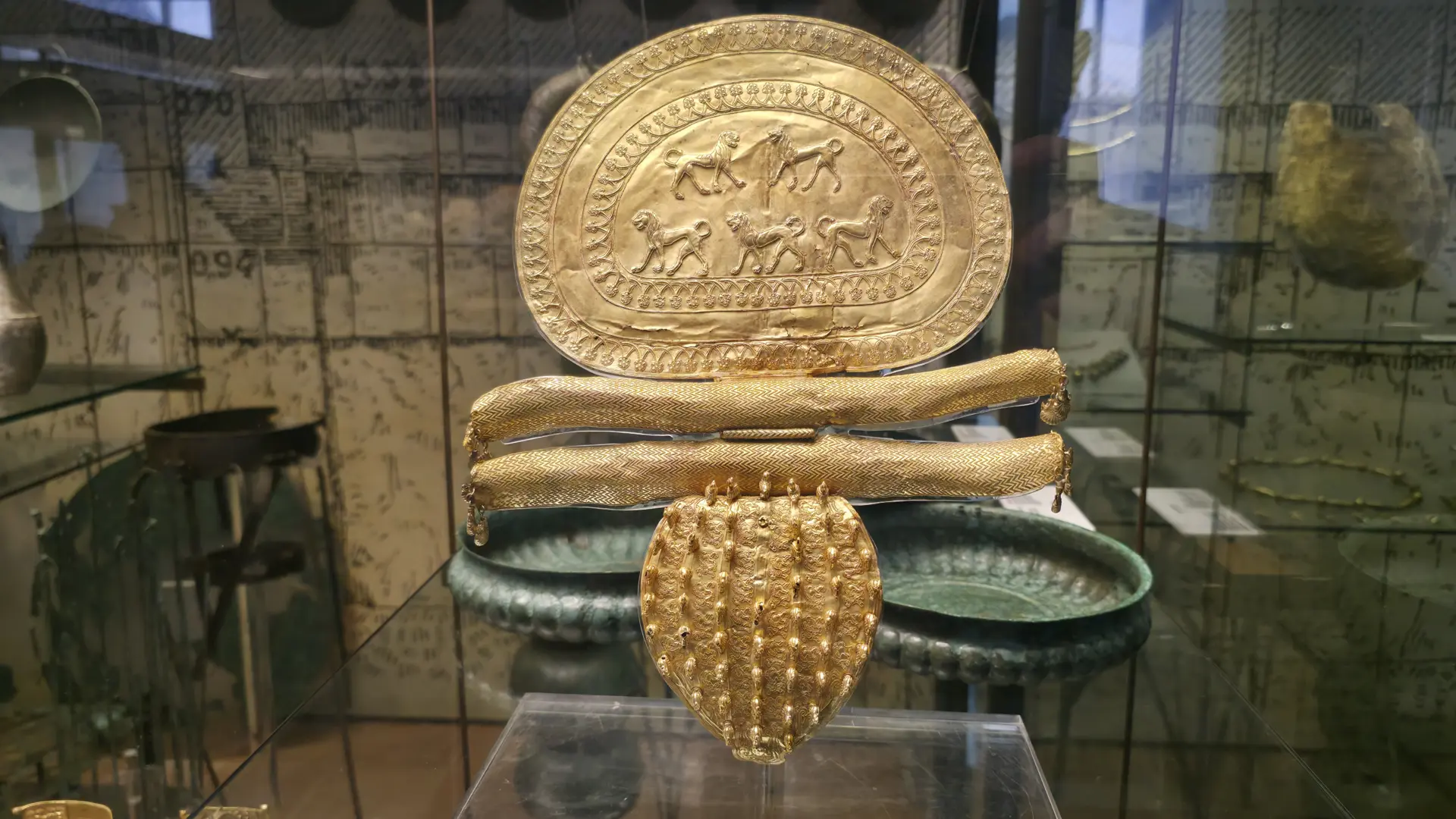
Final Thoughts
Visiting the Etruscan section of the Vatican Museums was one of those experiences that quietly reshapes your understanding of a place. It reminded me that Rome didn’t rise from nothing, it rose on the shoulders of forgotten greatness.
The Etruscans are still somewhat mysterious, their language only partially understood, their cities buried beneath vineyards and fields. But walk through these galleries, and you’ll feel their presence, elegant, creative, powerful, whispering from every carved lid and golden ornament.
And next time you admire a Roman arch or temple, remember: some of that genius came from the people who came before.
xoxo,
Bubbly💜

